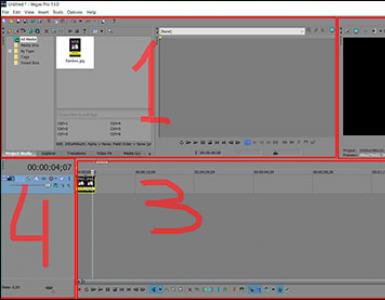Типы join mysql. Разбираемся с mySQL JOIN, визуальное представление
Forms are part of virtually any web application today. They are the main method to receive input from people using the application. They range in size from one-field opt-in forms where you only enter your email address, to very long forms with tens or even hundreds of fields.
To make long forms user-friendlier, it is a good idea to span the form on multiple pages. This can make it easier to follow for the user, and we can also split the data in separate sections, based on the scope (for example separate personal customer information from payment data in a shopping cart checkout form).
One of the challenges that arise from splitting the form over multiple pages is passing the data from one page to another, as at the final point of the form, we have all the needed data ready for processing. We are going to look at two methods to do this: session variables and hidden input fields.
What are sessions anyway?A HTML session is a collection of variables that keeps its state as the user navigates the pages of a certain site. It will only be available to that domain that created it, and will be deleted soon after the user left the site or closed his browser.
So, the session has a semi-permanent nature, and it can be used to pass variables along different pages on which the visitor lands during a visit to the site.
Multi-page form using sessionsIn our example, we are going to create a three pages form, resembling a membership signup and payment form. The first page will ask for customer’s name and address, on the second page there is the choice for membership type, and on the third and final page, payment data must be entered. Final step is saving the data in MySQL.
The first file we are going to create (step 1 of the form) will contain just a simple form with two fields.
Ok, so nothing more than 2 input fields and a submit button to take us to step 2. In the following page, apart from the HTML form to gather membership data, we are going to need code to store the submitted data from step 1 in the session.
Now that we created step 3 of the form, what’s left is the final processing script that inserts the data in the MySQL database.
And we are done. Please note that in the final query, we are using data from the $_SESSION array, and also data from the $_POST array, that was posted from the last step of the form.
У Вас в браузере заблокирован JavaScript. Разрешите JavaScript для работы сайта!
Работа с формамиДля передачи данных от пользователя Web-страницы на сервер используются HTML-формы. Для работы с формами в PHP предусмотрен ряд специальных средств.
Предварительно определенные переменныеВ PHP существует ряд предварительно определенных переменных, которые не меняются при выполнении всех приложений в конкретной среде. Их также называют переменными окружения или переменными среды. Они отражают установки среды Web-сервера Apache, а также информацию о запросе данного браузера. Есть возможность получить значения URL, строки запроса и других элементов HTTP-запроса.
Все предварительно определенные переменные содержатся в ассоциативном массиве $GLOBALS . Кроме переменных окружения этот массив содержит также глобальные переменные, определенные в программе.
Пример 1 Просмотр массива $GLOBALSВ результате на экране появится список всех глобальных переменных, включая переменные окружения. Наиболее часто используемые из них:
| $_SERVER["HTTP_USER_AGENT"] | Название и версия клиента | Mozilla/5.0 (compatible; Googlebot/2.1; +http://www.google.com/bot.html) |
| $_SERVER["REMOTE_ADDR"] | IP-адрес | 144.76.78.3 |
| getenv("HTTP_X_FORWARDED_FOR") | Внутренний IP-адрес клиента | |
| $_SERVER["REQUEST_METHOD"] | Метод запроса (GET или POST ) | GET |
| $_SERVER["QUERY_STRING"] | При запросе GET закодированные данные, передаваемые вместе с URL | |
| $_SERVER["REQUEST_URL"] | Полный адрес клиента, включая строку запроса | |
| $_SERVER["HTTP_REFERER"] | Адрес страницы, с которой был сделан запрос | |
| $_SERVER["PHP_SELF"] | Путь к выполняемой программе | /index.php |
| $_SERVER["SERVER_NAME"] | Домен | сайт |
| $_SERVER["REQUEST_URI"] | Путь | /php/php_form.php |
PHP-программу обработки ввода можно отделить от HTML-текста, содержащего формы ввода, а можно расположить на одной странице.
Пример 2 Пример обработки ввода












